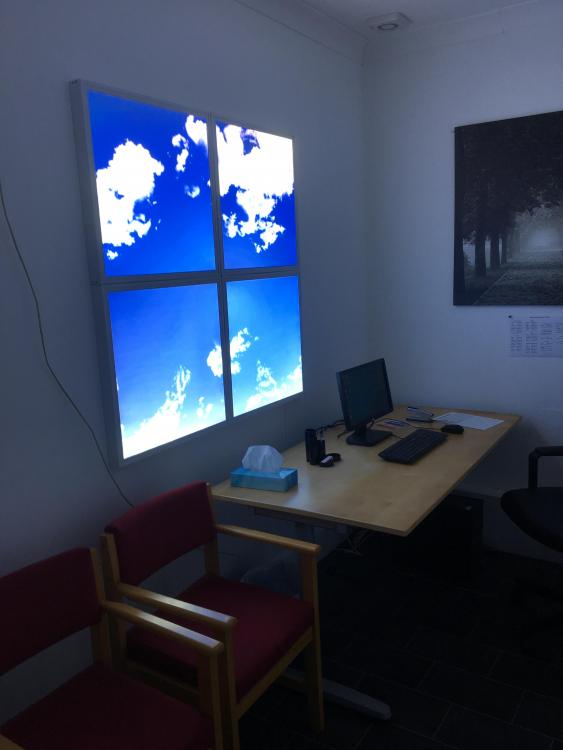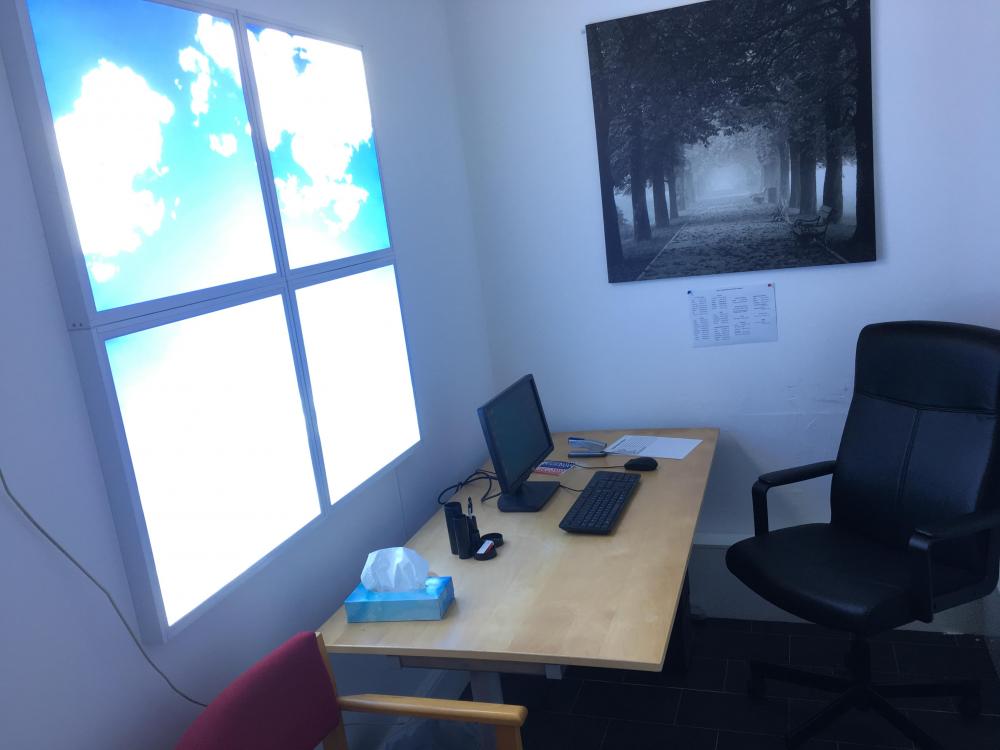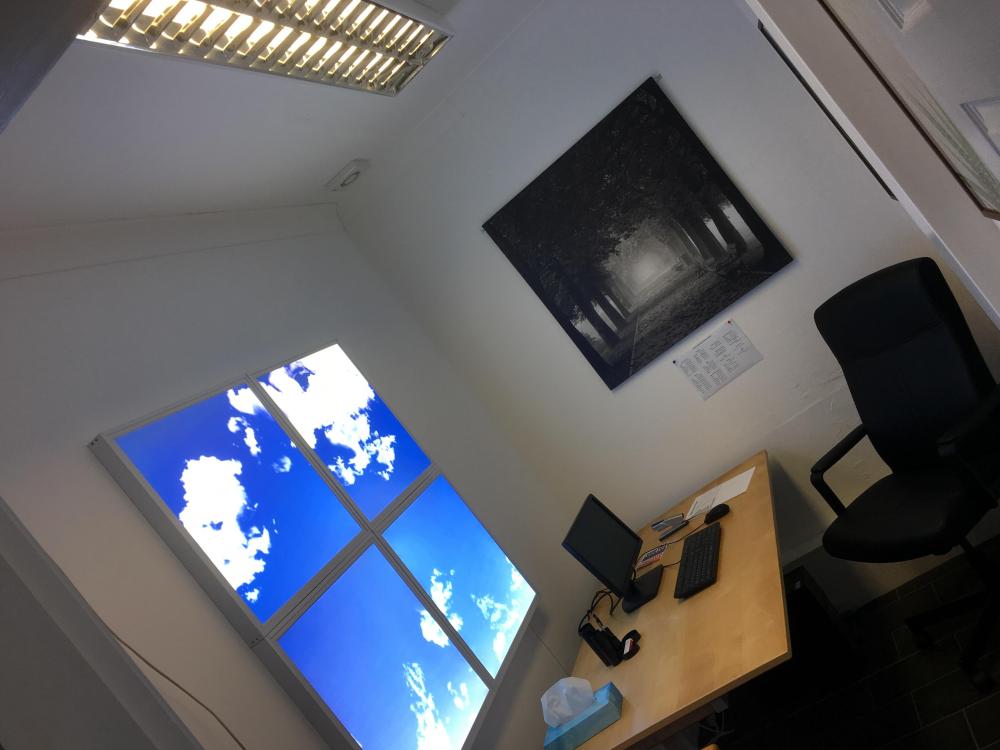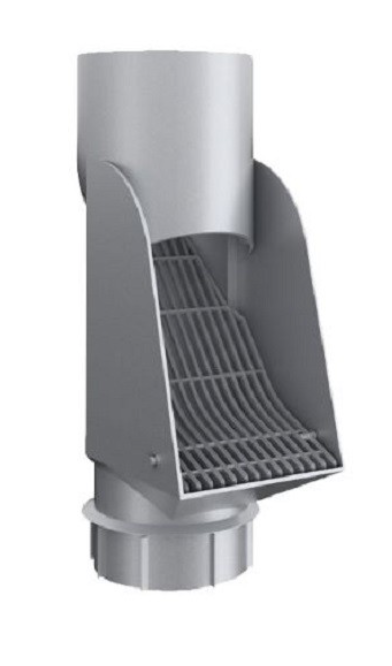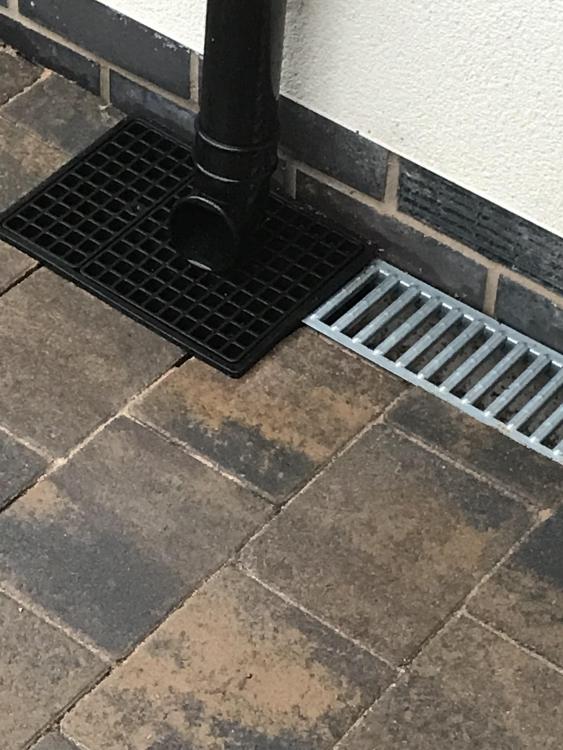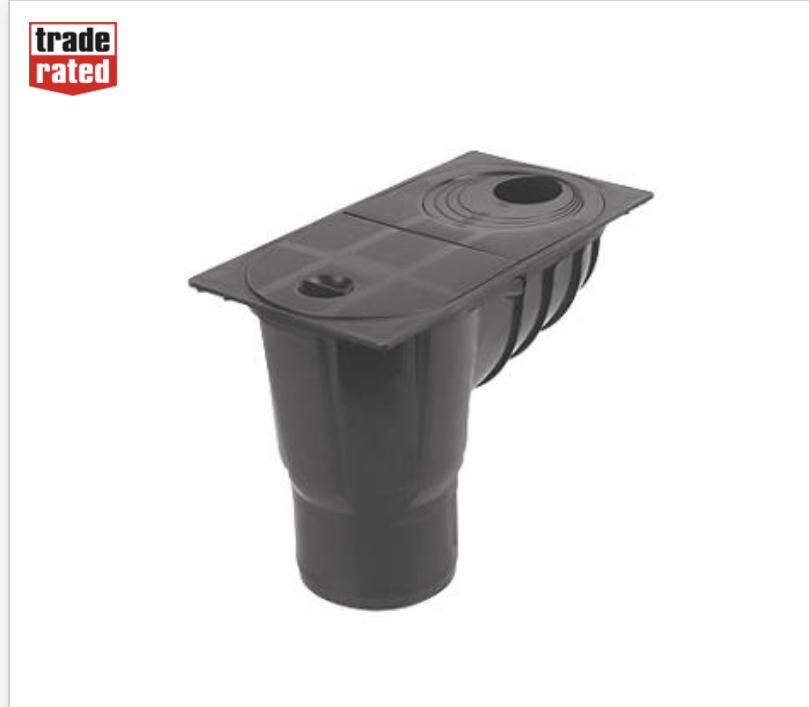Leaderboard
Popular Content
Showing content with the highest reputation on 08/15/19 in all areas
-
To finish this off... pics taken with a phone so they are not great photos but I’m pleased with the result. no on will be fooled into thinking it’s a window but the light is softer and less harsh than a double fluorescent tube. This last pic is with the main light on too but again the phone camera does not really capture it that well as it’s garishly bright lights £200 frames for wall mounting£72 and £2 for a junction box to wire them together job done!3 points
-
I would just ask them to provide a quote correctly you don't want any misunderstandings at a later date. To be honest if I told them it was residential build and they quoted with VAT it would leave a slight negative impression with me.2 points
-
The only way for it to truly work is with an external daylight sensor and LED's capable of full colour mixing to replicate these colour temps - the best I have seen commercially is done with a LED board that can create 2300-2500K to 5500-6000K (depends on who makes them but I have seen as low as 2000K) - it works well with the correct controls - the LED's boards have double the number of LED's - half of them are straight 2300-2500K LEDs and half are 5500-6000K they can then create anything in-between by mixing - can be quite costly as you need dual channel drivers with colour temp control but it can be done. Anything that is not the same as what is happening outside is a bio dynamic nightmare. It's like when you go to the cinema and come out into broad daylight, how do you feel at first? Philips Hue are pretty good fun, but a gimmick. The issue with a lot of LED lighting is that it is all actually blue or UV, the blue light photons hit a phosphor coating - some photons will travel clean through the coating and remain blue and some will strike the phosphor coating and release a yellow light photon - the mix of which creates the "white" light we have come to expect - what people don't realise is that all this blue LED light is detrimental to our health and circadian cycle will be impacted. Solution - incandescent sources! There is a lighting report due out this year with input from medical researchers and lighting researchers into just what we should be using - there is a lot of misinformation being banded about and it will get worse as manufacturers jump on it as a USP.2 points
-
2 points
-
Thats exactly what I bought, they are now nicely fitted and no insulation in the ducts.1 point
-
1 point
-
I have a wealth of knowledge on portable buildings in Scotland as I have just secured planning permission and in the midst of LABSS approval for my twin unit round log cabin. If your ever near Dumfries and Galloway feel free to pop into my site and I can show you what can be achieved. We should start the build in 10 weeks max. It's a minefield when doing it fully by the book and achieving full compliance. So far my method statement is 50 pages long and I'm about 2 weeks away from my submission to LABSS which includes full structural calculations, lifting plan etc. There's a lot of cowboys out there offering supposedly 'compliant' log cabins.1 point
-
The obvious question to ask is one of safety. From your photos, @TerryE , it would seem that there was a fire risk from this part overheating. The following link is to a long list of domestic appliances recalled because of a fire risk: https://www.gov.uk/government/publications/household-appliances-recalled-due-to-fire-risk More recently, Whirlpool recalled 500,000 tumble dryers that posed a potential fire risk: https://www.independent.co.uk/news/business/news/whirlpool-tumble-dryer-recall-hotpoint-indesit-fire-risk-a9015036.html So why have Sunamp made a customer pay to replace a badly designed part that posed a potential fire risk?1 point
-
I've converted these .pdfs to .dxfs and am part way through editing them. Still a bit to do, though.1 point
-
we used these. https://www.tfmsuperstore.co.uk/products/bottle-gully-110mm-inc-grid/ Just lift the grid and clean out occasionally.1 point
-
There's a long term project in a number of African countries, costs aprrox USD600 per install. http://www.ecreee.org/sites/default/files/event-att/20130423_wacca_presentation.pdf&ved=2ahUKEwjagPD_24TkAhWLTBUIHeERA94QFjARegQIBBAB&usg=AOvVaw3Y5SwBqfPIevajy6hfhNt0&cshid=1565866738131 I've read elsewhere that bringing a similar scheme to rural India, where it would benefit the population hugely, is hampered again by the whole taboo, "job for the untouchables" thing.1 point
-
Planning permission only concerns itself with what the building looks like. It is BUILDING regulations that would concern this. In fact they would not concern it at all, as what you are proposing is a "twin unit static caravan" and under the Caravan act, construction of that is outwith building regulations control. You will still need a building warrant for the drainage connection and any treatment system. But now you have established the principles, don't just go sticking 2 ordinary static caravans together. the result will be a cold "house" with a high heating bill. Instead, use the legislation to your advantage, and design a custom build well insulated structure, that still meets the portability definition of a caravan and you can get up to about 100 square metres and still be in the size limit for a "caravan" It does not have to be on wheels, being capable of being lifted by a crane onto a low loader is enough to make it qualify. Several on here have done or are building like this already. Planning probably won't like it if it is obvious from the plans it is 2 standard statics stuck together. but if you designed it so it actually looked externally like a half decent house, I don't see any need to actually mention on the planning application that it is in fact technically a "caravan"1 point
-
This free online calculator allows for fairly comprehensive calcs http://www.changeplan.co.uk/u_value_calculator.php - haven't thoroughly double-checked its accuracy but used it early in my project and results appeared to be about right. If you want to be able to print off something a bit more professional-looking / save things and come back to them later the BRE tool at https://www.brebookshop.com/details.jsp?id=139470 is £60. Only works on Windows PCs though. If there's an enclosed unheated space on the other side of the wall you can include an allowance to reflect that won't lose as much heat as if it was open to the outside air. There's a section on how you can work that out in BR443 https://www.bre.co.uk/filelibrary/pdf/rpts/BR_443_(2006_Edition).pdf which I believe is still valid for use.1 point
-
I also will not personally pull the fuse on an old cast iron fuse holder. That is firmly in the category of "somebody else's risk"1 point
-
AD plants are very fickle beasts, and need to be fed very regularly to constantly maintain production. There are a couple of big ones near me and talking to one of the farmers it is controlled very tightly and each load of waste or feed into it is analysed and the temperature and water content varied accordingly. Not sure how this small scale stuff would cope with a weeks holiday or a family christmas...1 point
-
Yeah in a rural area and with WC waste I could see it being viable for something relatively cheap (which I assume this is, given it looks to be a posh duffel bag with some valves). And especially if compared to bottled gas. City centre kitchen bin and lawn not so much...1 point
-
On the biscuit front maybe something a little off piste like Garibaldi? Can't go wrong with Tunnocks either...1 point
-
My Gurkha friends grew up using a local Nepalese design. Mum would cook on the gas produced and they did their homework by gaslight. They had buffalo though! Seems it was a ritual Mum would muck out the animals and feed the biogas plant. Interesting that using human waste was considered taboo.1 point
-
It is all in SPONs. There you will find cost and effort calculations for everything you need. Sample_Costbook.xls This one is based on SPONs - it has some fun calcs in it and isn’t far off being accurate.1 point
-
I was very hopeful opening this thread to see wether it includes man-hours, work hours. I was, before, looking for an estimate of work going into different parts of the building and found information rare and very difficult to find. As mentioned in any costing topic on here, this all is obviously "depends on", but as prices vary so much depending on your specifications and the area, I found it easier to calculate materials separate from worked hours. materials prices are easy to calculate, but without a huge amount of experience, it is more difficult to calculate man hours. I could find some information about bricklaying Hours needed per sqm of dingle skin / double skin, blocks vs. Bricks and so on and will add this as soon as I find it again. More difficult to find info about laying first fix plumbing or first fix electric. There are (very rough) estimators around what these things cost, but hours used would be much more useful I guess. Has anyone come across an article, report, topic on a forum or similar that relates to man hours in construction?1 point
-
Your best bet is to try and arrange for your electrician to be there when BG visit. I think I would at least have him prepare the short tails between meter, fuse and isolator just in case BG turn up without right stuff. Basically do your best to cover all bases to avoid a screw up.1 point
-
1 point
-
I personally don’t like direct connections but do concede they look tidier. The reason being that any crud (in particular leaves) is going to head straight into your drain and into your soakaway. At least with a grate/hopper it provides a basic filter and makes general cleaning/rodding simpler. Perhaps not a point to worry about in some locations but I’m surrounded by trees, bushes and moorland. So crud a plenty!1 point
-
I stack the bricks on edge so the face side is facing skywards,then apply using a roller from a paint tray to each layer of the brick stack as they’re used. One thing to look out for is when to brush off-I’ve found that to brush it slightly earlier than you would normally helps,though not so early as to drag the joints. It makes a mess of your brushing off brush though,might pay to have a spare. I’m still finding my way with this method tbh-just did a pointing job on brick slips which were as hard as engineerings so used the oil & the results were mainly very good. I found that oiling immediately prior to application was key.1 point
-
Tbh, I’m quite impressed with the Howdens units. I’ve only ever seen builder fitted Howdens kitchens that leave a lot to be desired. If I look closely, I can see some quality differences between it and our Alno kitchen but that’s to be expected. Most of the credit though must go to the fitter who's done the work to turn it into a quality install with standard quality equipment.1 point
-
There was a guy from Dorset, over at the other place, who got convinced to fit a home AD plant. I met the 3 people that were responsible for selling, designing and installing it. It was never gong to work, and to the best of my knowledge, it never did. All I can say is that £50,000 would have bought a lot of natural gas, or PV, or even a decent windturbine.0 points
This leaderboard is set to London/GMT+01:00



